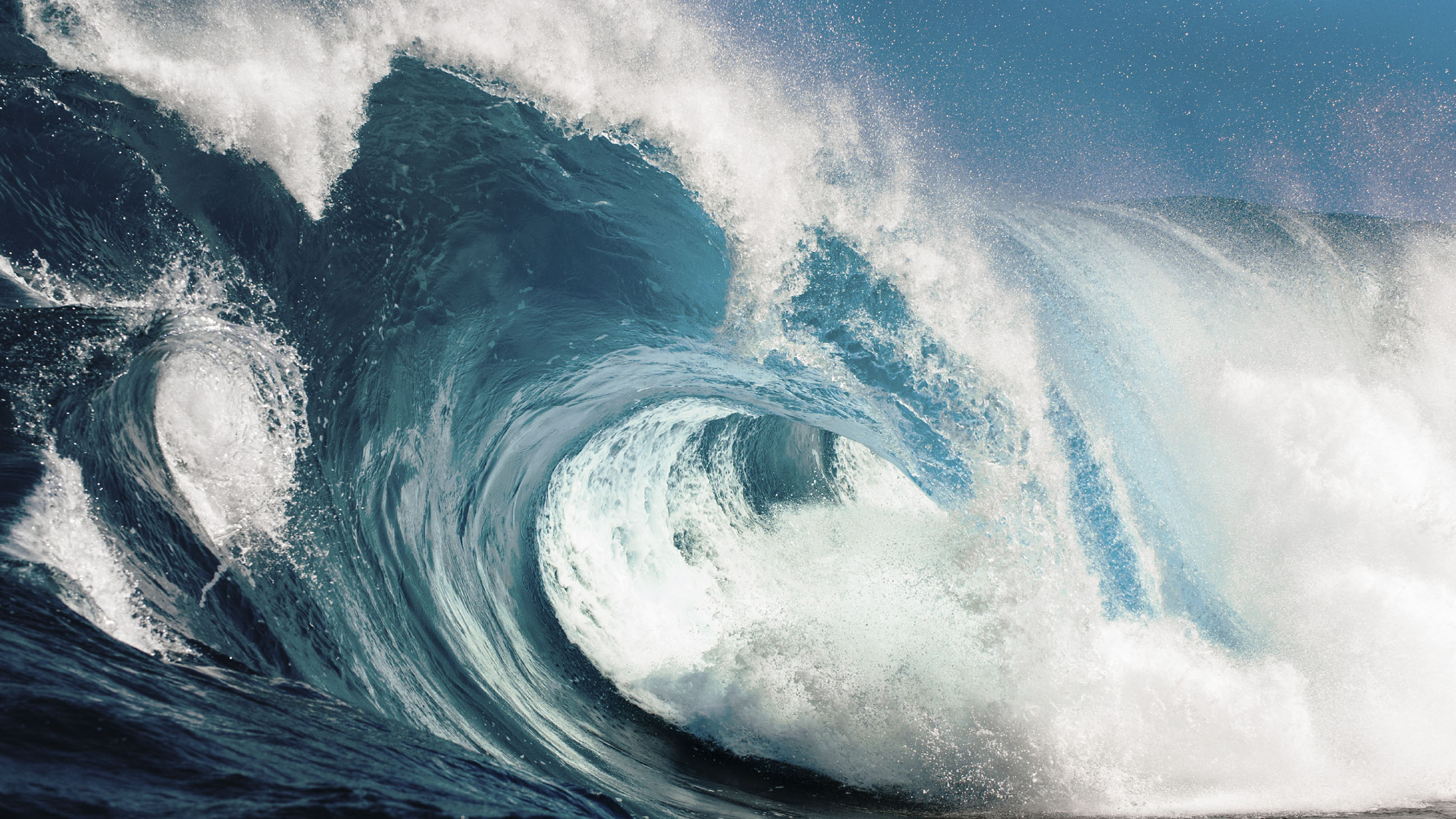Gallbladder cancer happens to be a malignant growth, which is an uncommon illness that regularly emerges in the setting of interminable irritation. As per the stats released around 12,190 new instances of gallbladder cancerous growth and tumors of nearby massive bile channels will be seen in the year 2018.
But before going deep into gallbladder cancer and treatment tracker, let us get an idea about what acute bronchitis exactly is.
What do you mean by acute bronchitis?
Acute bronchitis, otherwise called a chest cold, is transient bronchitis – irritation of the bronchi (enormous and medium-sized aviation routes) of the lungs. The side effect which is most common is a hack. Different side effects incorporate hacking up bodily fluid, wheezing, the brevity of breath, fever, and chest discomfort.
The disease may last from a couple to ten days. The hack may persevere for half a month a short time later with the complete length of manifestations more often than not around three weeks. Some have side effects for as long as about a month and a half.
Acute bronchitis happens to be infectious in situations where the reason is unknown; it might be viral and even bacterial and will go on until the indications leave. Bronchitis, for the most part, endures around 10 to 20 days, if it keeps going longer than that you likely have incessant bronchitis.
Individuals that are coming in contact with contaminated air, tobacco smoke, and to synthetic compounds that are aerosolized are at higher hazard for intense bronchitis.
Common symptoms of Gallbladder cancer
Gallbladder malignancy is generally not found at a beginning period because the gallbladder is located somewhere inside the body. And at that time there might be no indications by any stretch of the imagination. In this way, malignant gallbladder growth can be hard to recognize during routine physical assessments. Symptom tracker can prove to be very helpful in managing the disease.
Malignant gallbladder growth is discovered surprisingly after the evacuation of the gallbladder for another reason, for example, gallstones or contamination of the gallbladder.
At the point when side effects do happen, they incorporate the accompanying:
Jaundice often comes to light by yellowing observed in the skin and whites area of our eyes
Stomach torment and cramping
Sickness and regurgitating
Swelling
A bump in the stomach area
Mild Fever
Risk factors with Gallbladder cancer
A few people with a few hazard factors never create malignant growth, while others with no realized hazard variables do. Understanding your hazard factors and discussing them with your primary care physician may enable you to make an increasingly educated way of life and social insurance decisions.
The accompanying variables can raise an individual’s danger of creating gallbladder malignancy:
Gallstones: are the most well-known hazard factor for gallbladder disease. They are forms of cholesterol as well as the bile salts that can happen in the channels of bile and gallbladder.
Gallstones are the most widely recognized stomach related sickness in the United States, and somewhere in the range of 75% and 90% of individuals with gallbladder malignant growth have a background marked by gallstones.
Gallbladder polyps: These polyps are a development which occasionally shapes when little gallstones are present in the dividers of the gallbladder. Gallbladder polyps swell internally from the inward gallbladder divider.
A few polyps may likewise be brought about by irritation. Specialists frequently prescribe gallbladder evacuation for individuals who have polyps bigger than 1 centimeter because these are bound to be dangerous.
Age: The vast majority determined to have malignant gallbladder growth are more established than 70.
Sexual orientation: Ladies are about twice as liable to create gallbladder disease as men.
Ethnicity: People with varying ethnic backgrounds are bound to create gallbladder malignant growth than the overall public.
Smoking: Tobacco use may expand the danger of malignant gallbladder growth.
Family ancestry: A family ancestry of gallbladder disease somewhat expands an individual’s danger of creating malignant gallbladder growth.
Procedure for diagnosis
Biopsy: Biopsy is the evacuation of a modest quantity of tissue for assessment under a magnifying lens. Different tests can propose that malignant growth is available. However, only a biopsy can make an unmistakable determination. A pathologist is a specialist who works in deciphering research center tests and assessing cells, tissues, and organs to analyze malady.
Percutaneous echocardiography: In this technique, a slender needle is embedded through the skin and into the gallbladder territory. Colour is infused through the needle with the goal that a clear picture will appear on x-beams. By taking a gander at the x-beams, the specialist might observe whether there is a tumor in the gallbladder.
More generally, a cholangiography gives pictures of the bile conduits, and it may not demonstrate a tumor in the gallbladder. Nonetheless, the methodology is unusual in identifying the site of a blocked bile conduit.
The treatment process for Gallbladder cancer
The medical procedure is the evacuation of the tumor and some encompassing solid tissue during a task
Cholecystectomy: Likewise called a basic cholecystectomy, this system includes the removal of the gallbladder.
Radical gallbladder resection: The method includes the evacuation of the gallbladder, a wedge-molded segment of the liver close to the gallbladder, the regular bile conduit, part of the majority of the tendons between the liver and digestive tracts, and the lymph hubs around the pancreas and close-by veins.
Radiation treatment is the utilization of high-vitality x-beams or different particles to obliterate malignancy cells. A specialist who spends significant time in giving radiation treatment to treat malignant growth is known as a radiation oncologist.
The most widely recognized sort of radiation treatment for gallbladder disease is called outer pillar radiation treatment, which is radiation treatment given from a machine outside the body.
A radiation treatment routine can be a timetable which ordinarily consists of a fixed number of medications given over a definite time duration.
Chemotherapy is the utilization of medications to pulverize malignant growth cells, generally by closure the diseased cells’ capacity to develop and partition. A chemotherapy routine, or calendar, ordinarily comprises a particular number of cycles given over a set timeframe.
In this way, we can say that Treatment Tracker can be managed well for the patients.









